Have you ever thought to use a toilet paper roll in a science experiment? Well, get ready friends … this one is awesome! As you may know, I just love encouraging children’s thinking and learning through experiments and play and outdoor STEM activities are perfect for this. If you enjoy doing this too, then this toilet paper roll experiment is for you!
Outdoor STEM Activities – Toilet Paper Roll Experiment
What You Need
- Toilet paper roll
- Scissors
- Balloon
- Duct tape
How to Build It
-
Cut the balloon in half so that the round part is separated from the area where you blow
-
Stretch the round part of the balloon over one end of the roll.
-
Use duct tape to secure the balloon in place. Continue to wrap the roll with the tape to give it more durability.
When you are building the shooter, some aspects – such as stretching the balloon over the end of the roll – will be challenging or not yet possible for your little one to do. It is important for them to help where they can. This makes them active participants rather than observers in this outdoor STEM activity. It meant that the toilet paper roll experiment is happening with them and not to them. It also builds confidence as they try new things and see themselves as being successful, whether it is on the first try or after several attempts.
When we do things for our children, which they are capable of doing themselves (even if it requires several attempts on their part), we take away an opportunity for them to build confidence in themselves.
Time to Head Outside
This is where it really gets fun and you start to hear your little ones thinking. My boys really enjoyed this part of the toilet paper roll experiment, too, as they ran around the yard looking for various items.
Encourage your child to collect items in nature they would like to try to shoot out of the shooter. Intentionally choose things you know, or guess, will not fly far and items that will fly far, but don’t tell your child. We will let them experience this to make their own judgements.
Invite your child to share their ideas of items they choose by asking them questions. Make sure there is no judgement on your end of their ideas.
Ask them questions or make comments such as:
-
Tell me why you chose this one.
-
What do you think it will do when you shoot it out?
-
Why do you think it might do that?
-
How can we shoot this one safely? (ie. in the case of a rock)
-
Why is it important we think about safety with this?
-
Do you want to try this? Why or why not?
-
I see you chose more than one _____. What made you choose to pick more than one?
Now that you have gathered materials for this outdoor stem activity, ask your child what you think each projectile will do when it is shot from their shooter. Ask about distance, speed, path taken, and possible sounds.
My youngest was very creative when thinking about this. I enjoyed hearing his ideas of the sounds he thought some might make as they flew and seeing the hand actions he made to mimic how he believed they may move in zig zags and loopy-loops. His explanations for why they may do this were also interesting and some were well thought out. This gave me great insight into principles he knows and those he is still experimenting with learning. A child’s words are so valuable.
Time to Experiment
My boys were at first disappointed with how poorly some items shot. We had to experiment with the best way to shoot the projectile out. Use this time to find the best way to make the toilet paper shooter work for you and your child, and don’t forget to discuss why this method is working best.
- Once you have found a method that works best for you and your child, try each projectile one at a time
- Discuss the observations of speed, path, sound, and distance for each one
- Discuss why the projectile moved and how sounded as it moved
What does your child think? After you hear their ideas, rephrase something they said and build on it to add to the learning. For example, my youngest son said, “The flowers didn’t fly very far and didn’t go very fast because they have these things sticking out (pointing to the petals).” What a great opportunity to discuss the wind or air dragging on the petals. I responded with, “You mentioned the petals are making the flower fly slower and not as far. I wonder why they made it go slower and less far. What do you think?”
If your child doesn’t have an idea to share, try sharing your thoughts as though you are also learning through the experiment. Your child will pick up on this and eventually begin to start sharing their ideas. Once they realize this is just sharing and we aren’t judging right or wrong (maybe building on the more accurate ideas) they are often more open to sharing. Also, your child may not have the words to express what they are thinking. Your modeling will help them develop that skill. If they try to explain their thinking with actions and some words, you can say what you understood them to be saying. This will validate their ideas and give them the opportunity to hear their ideas in words.
Outdoor STEM Activities Extensions
Measurement
Use a non-standard unit such as dolls, foot steps, shoes, or your child’s body to measure the distance each projectile flew. You can use this to teach your child the values of more> and less<.
Aim at a Target
Place targets around the yard. Your child will have fun experimenting with how to reach the target.
My sons and I enjoyed this toilet paper roll experiment and outdoor STEM activities for hours. There were a lot of fun discussions, new learning, and challenges. They were having so much fun, I felt the need to build one for myself, and JOIN IN THE FUN!
Happy Experimenting!
Belinda is a mama to two little boys and an experienced Kindergarten teacher. She has a love of using nature and technology to enhance and motivate children’s learning. She values the use and training of growth mindset at home with her family and while teaching. Find her on Pinterest.
You might also like:
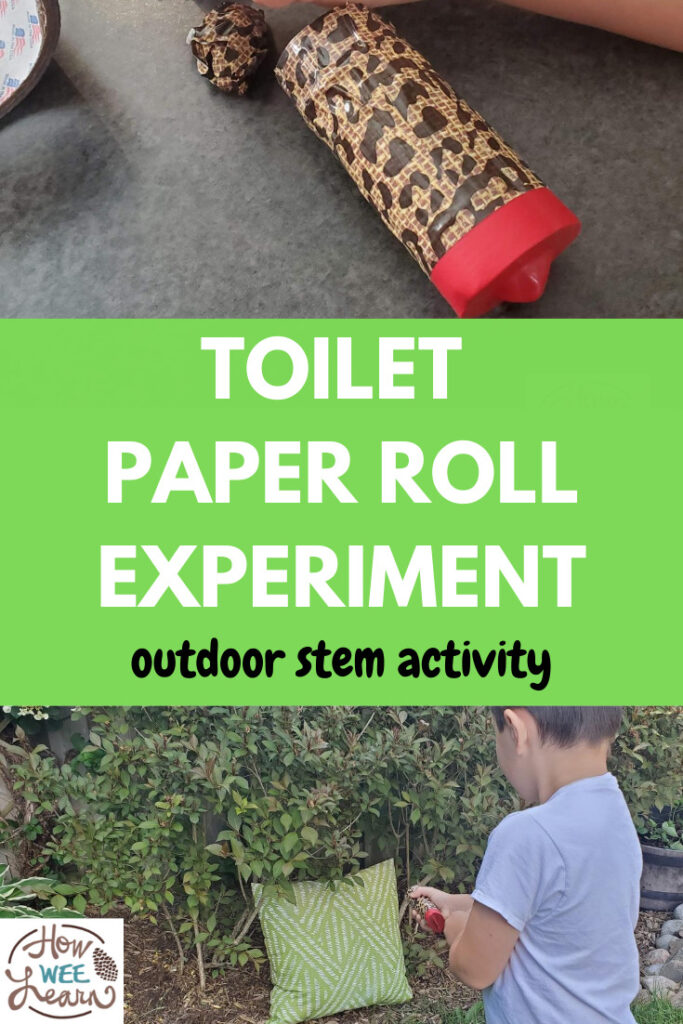
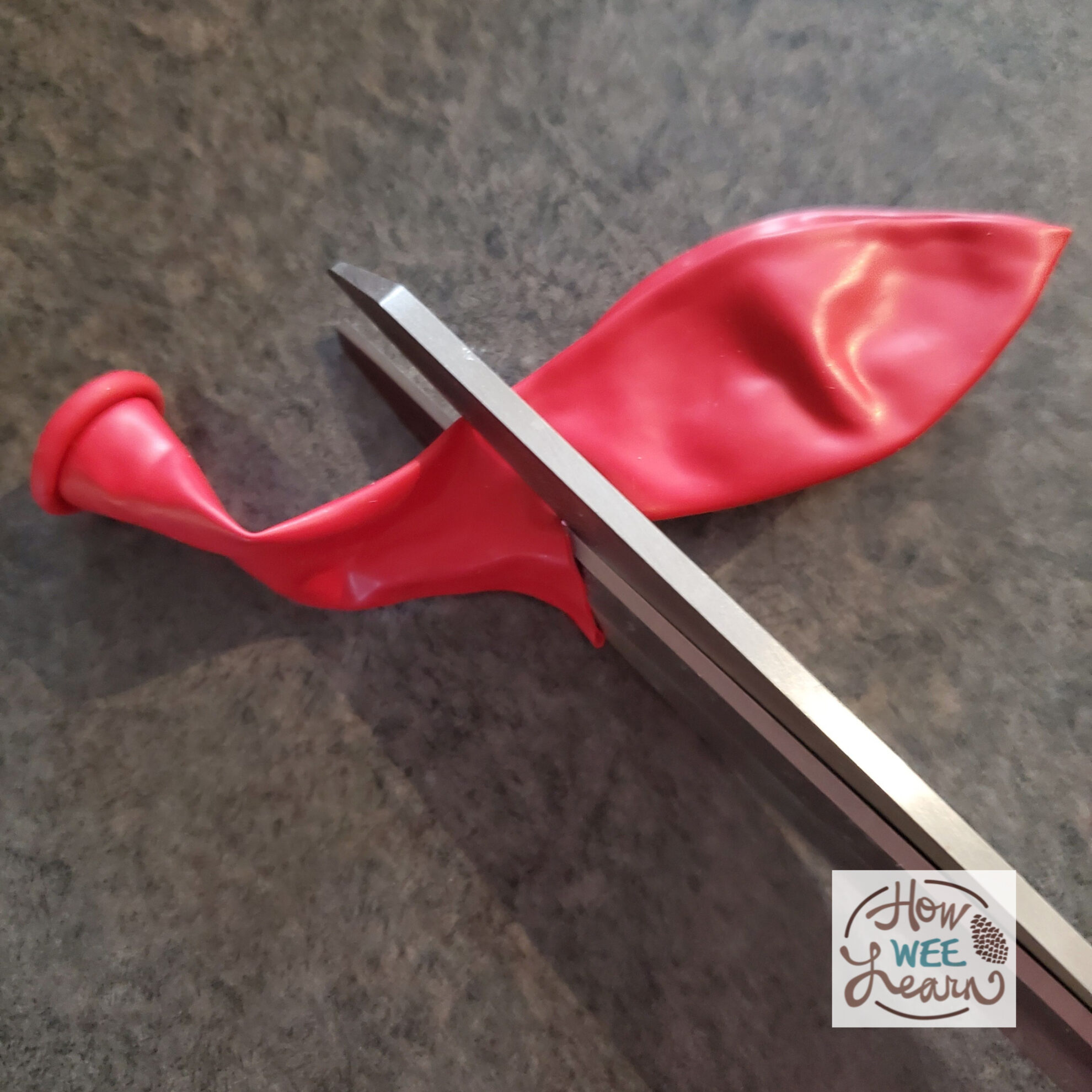
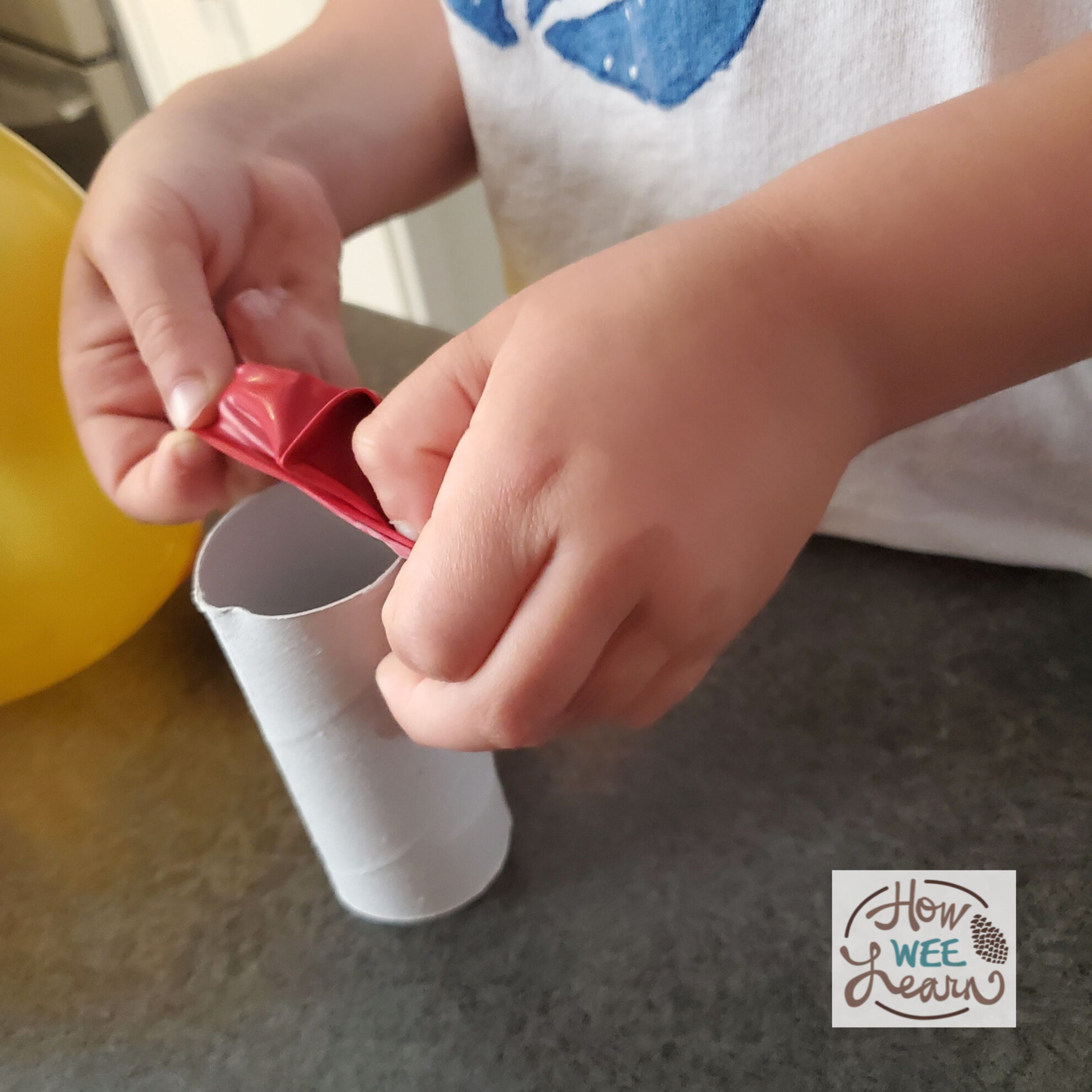
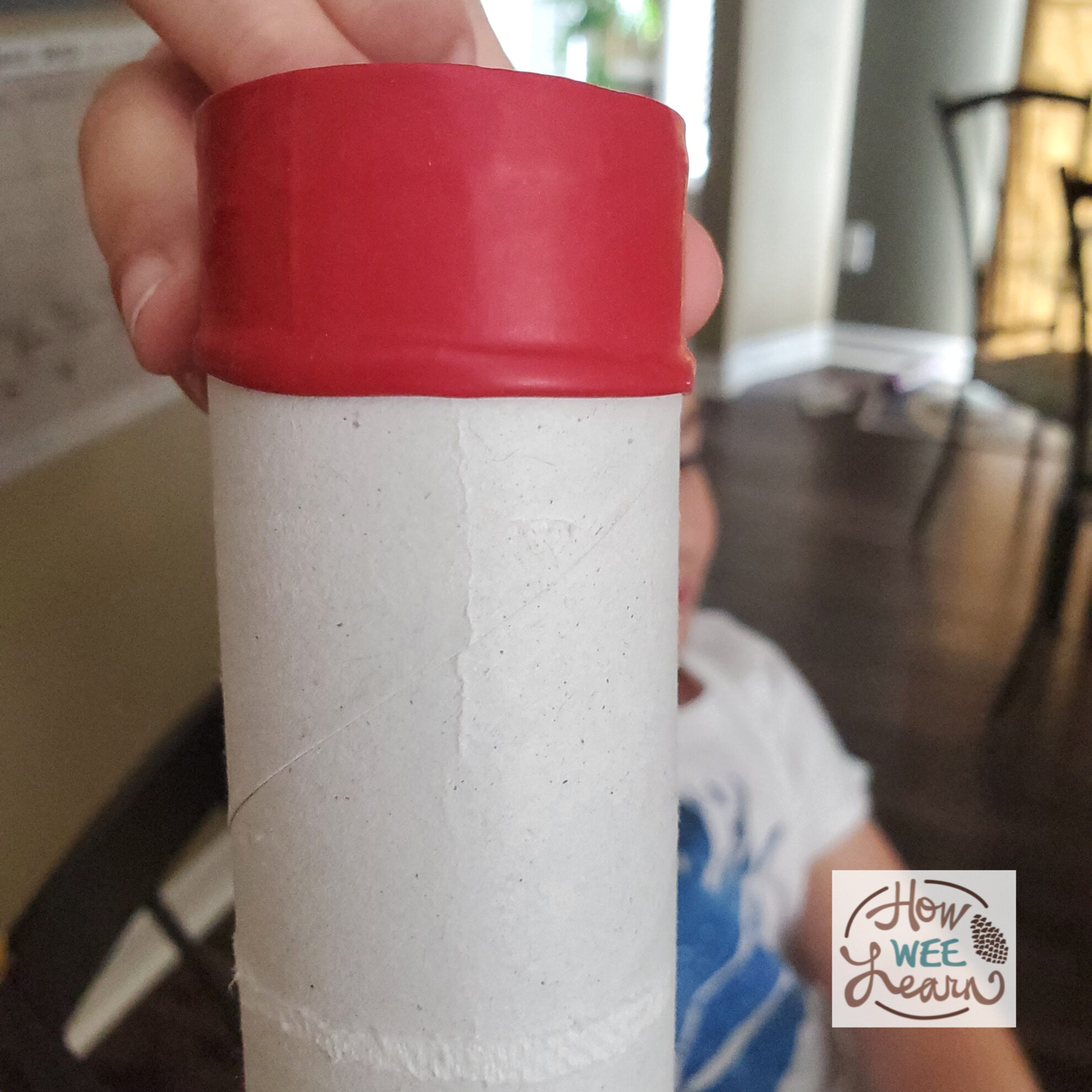
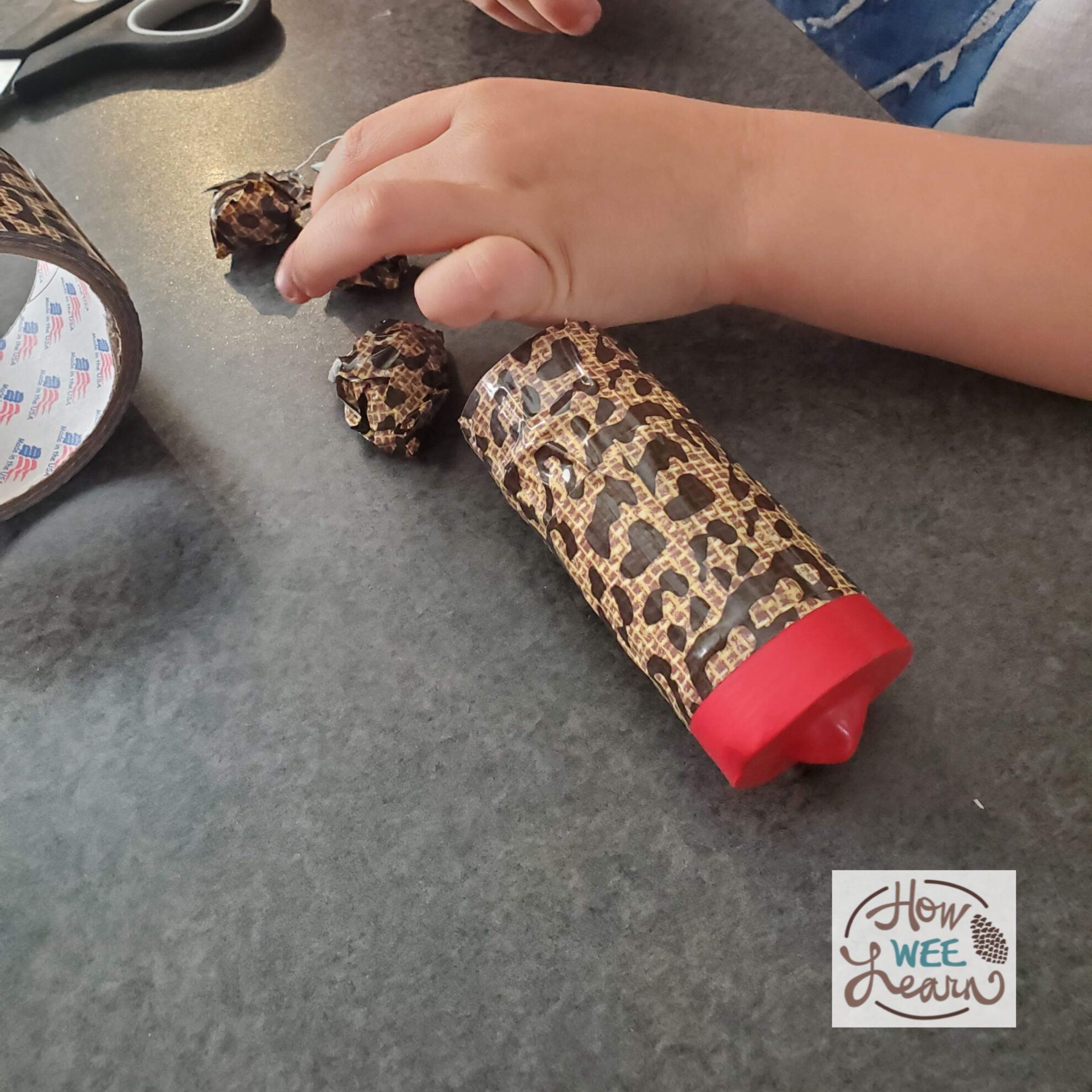
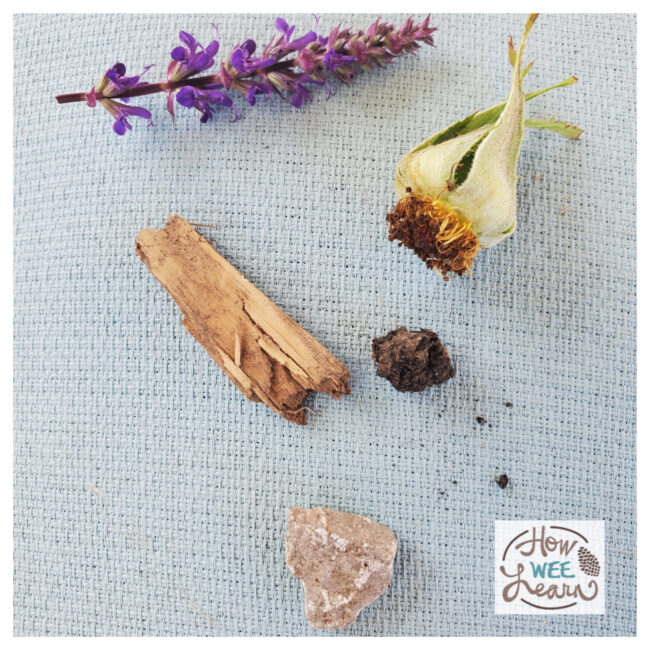
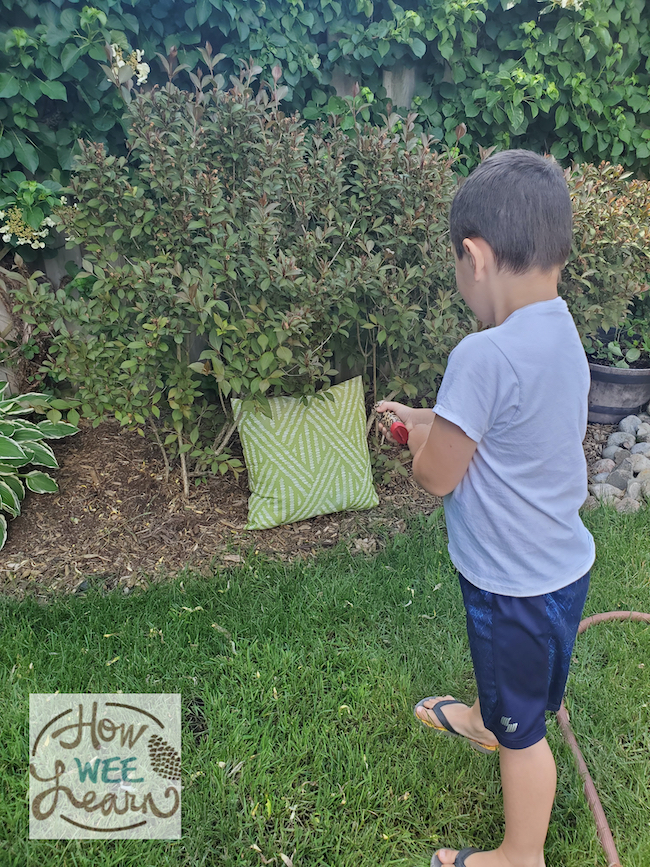
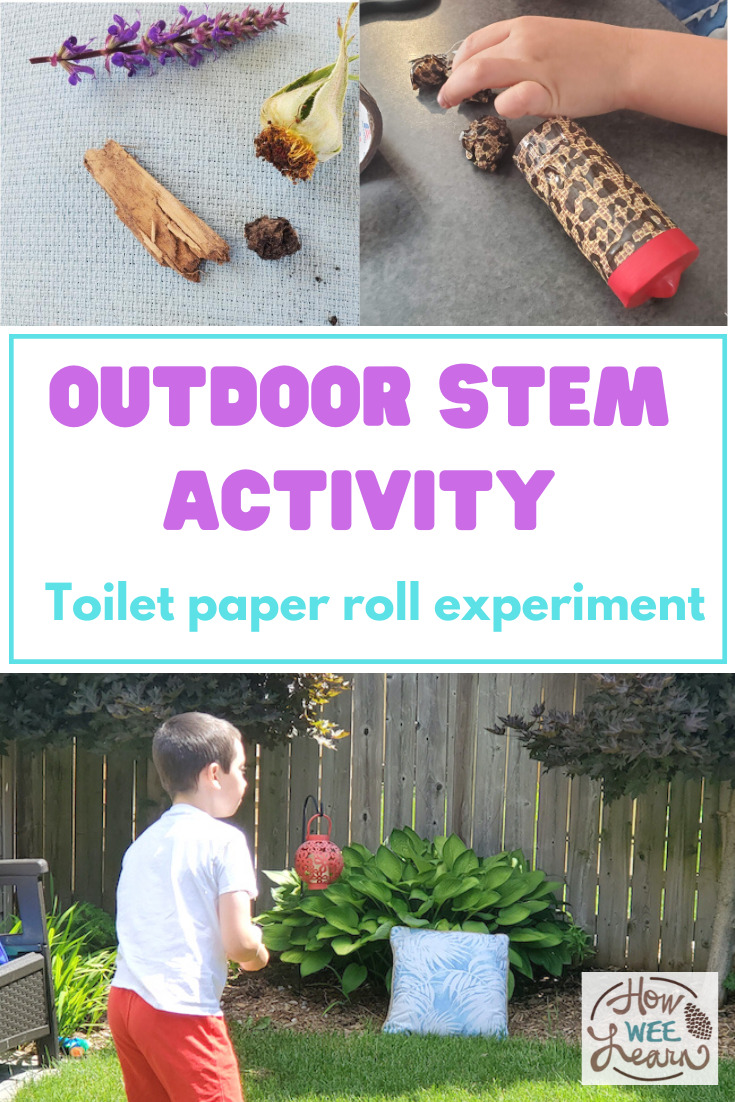
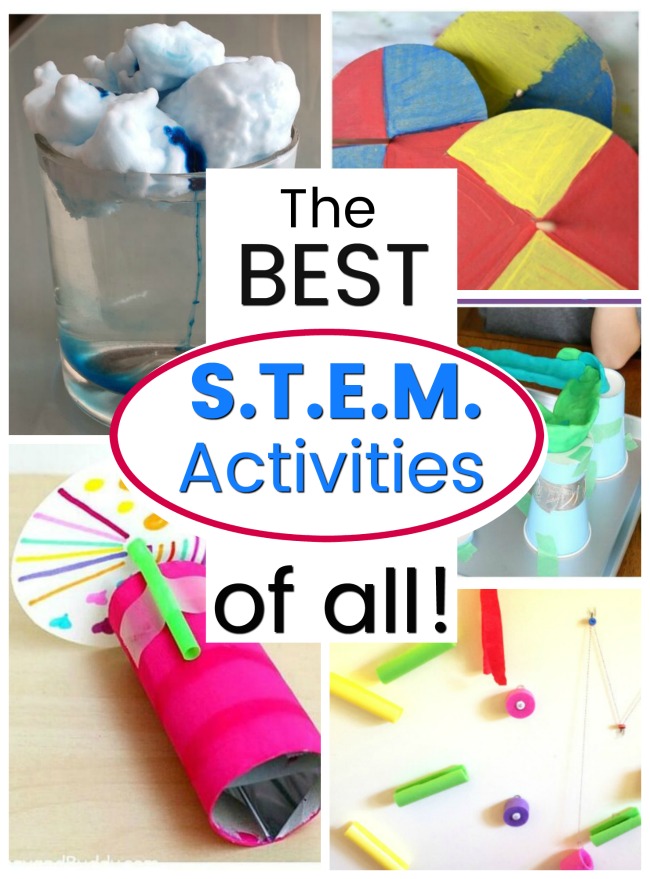
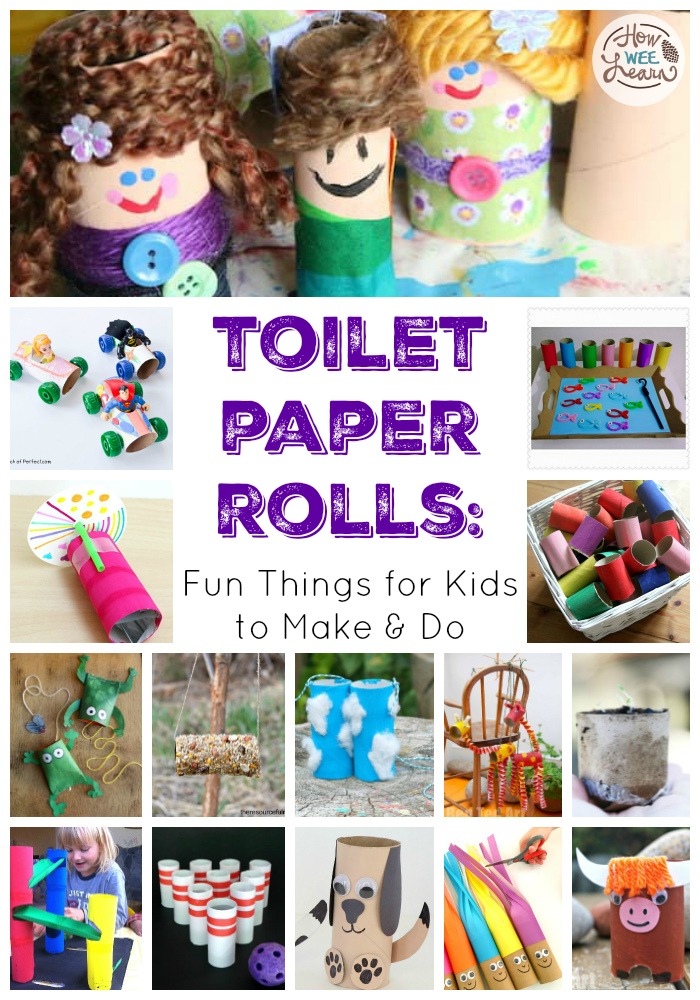
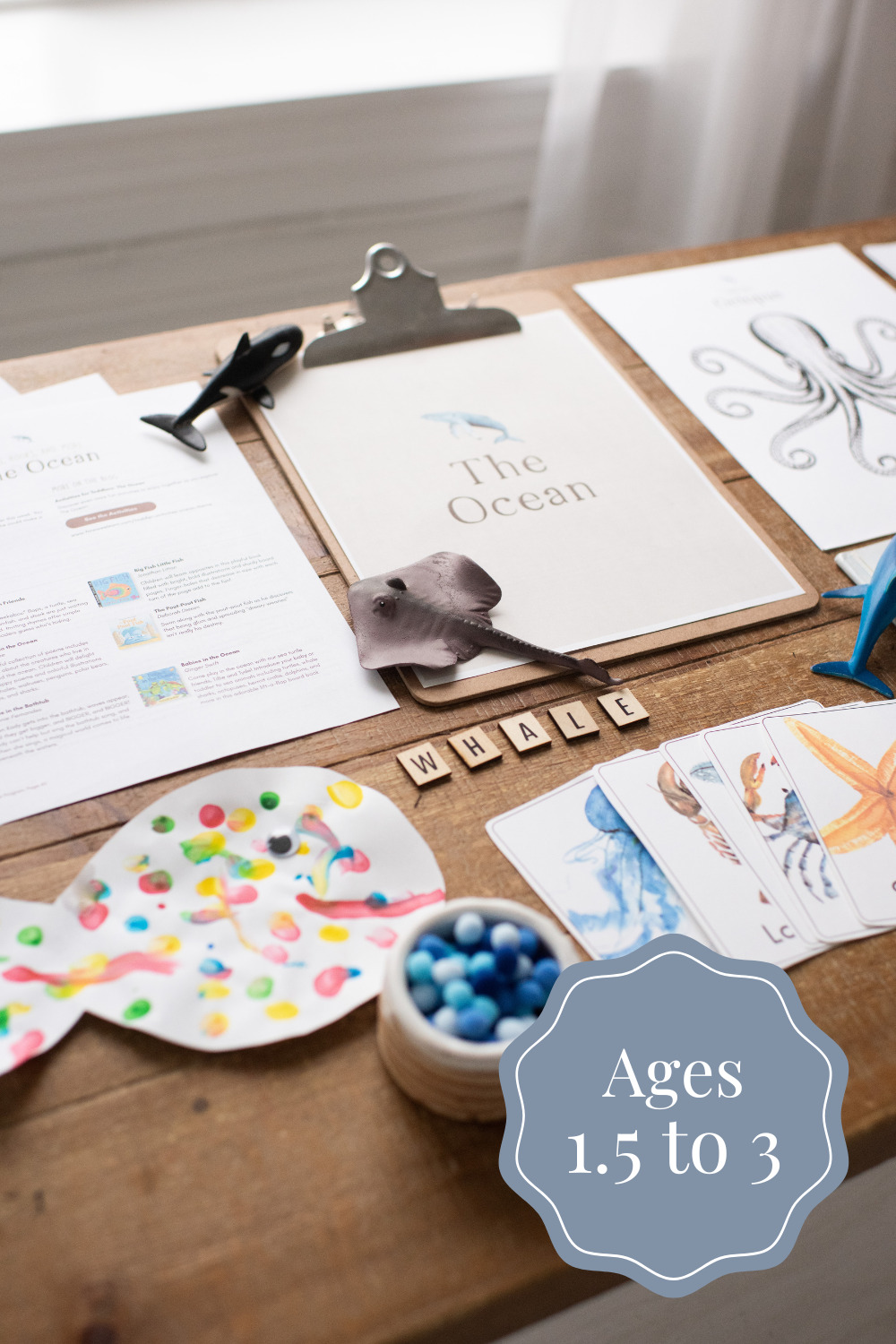
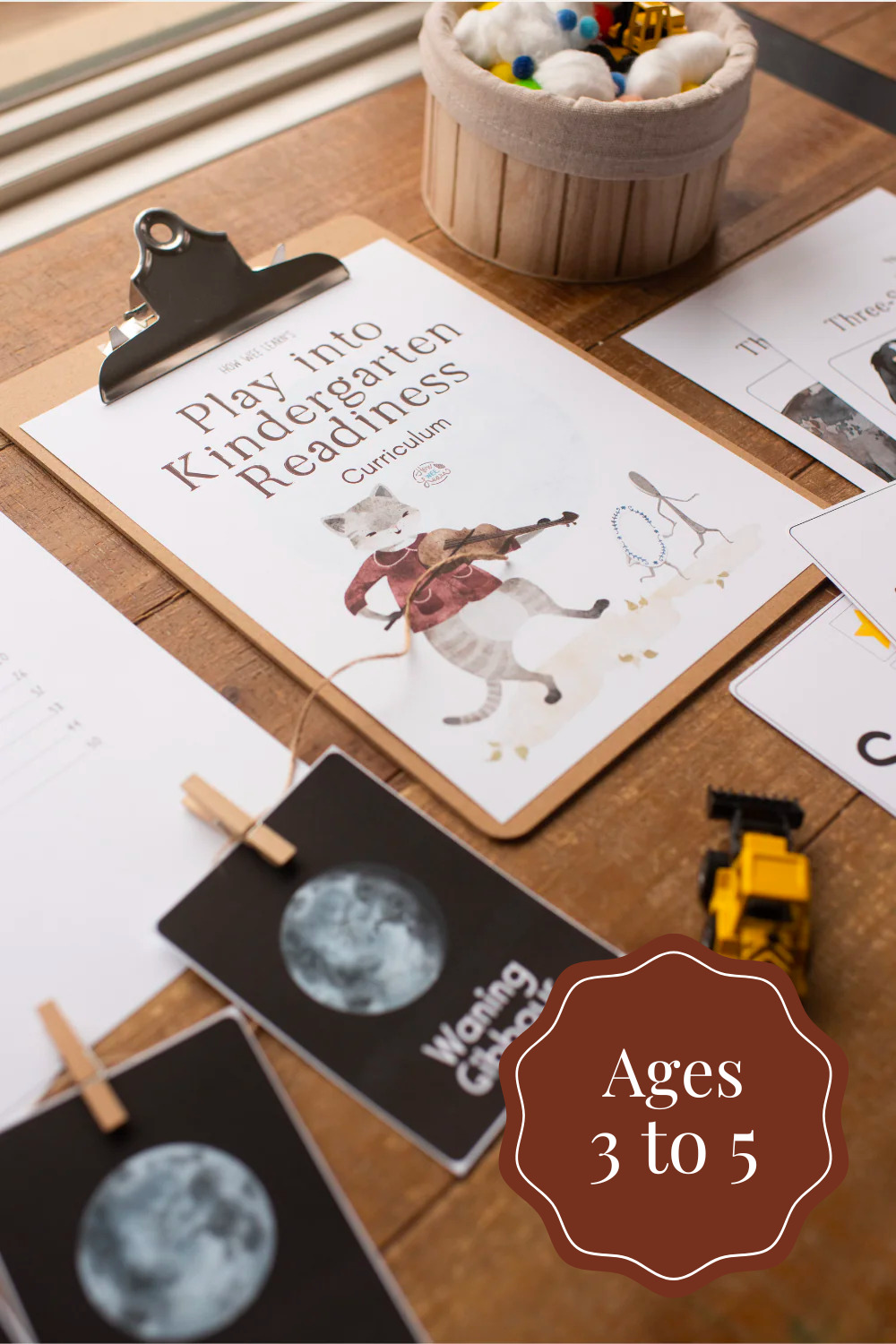
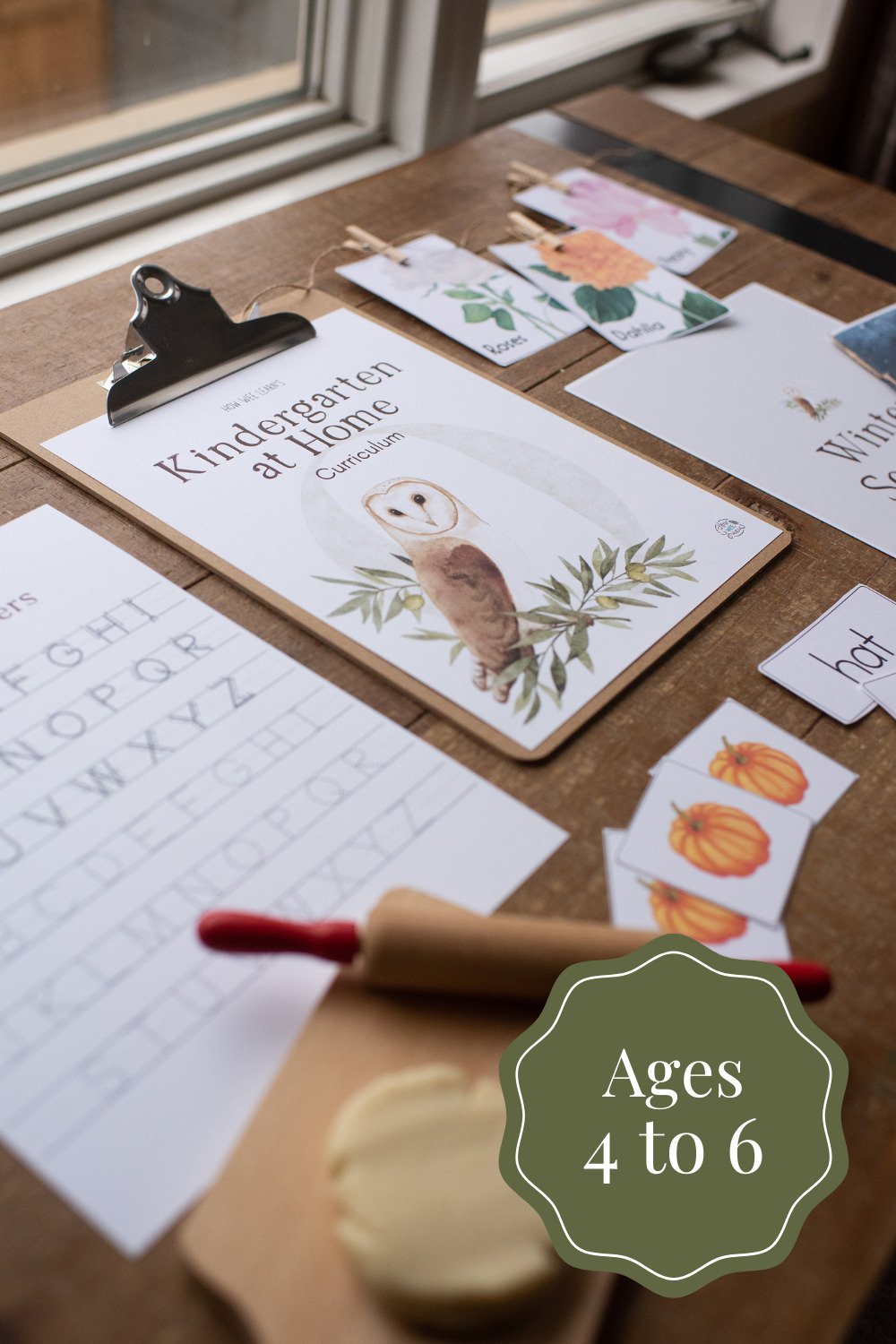
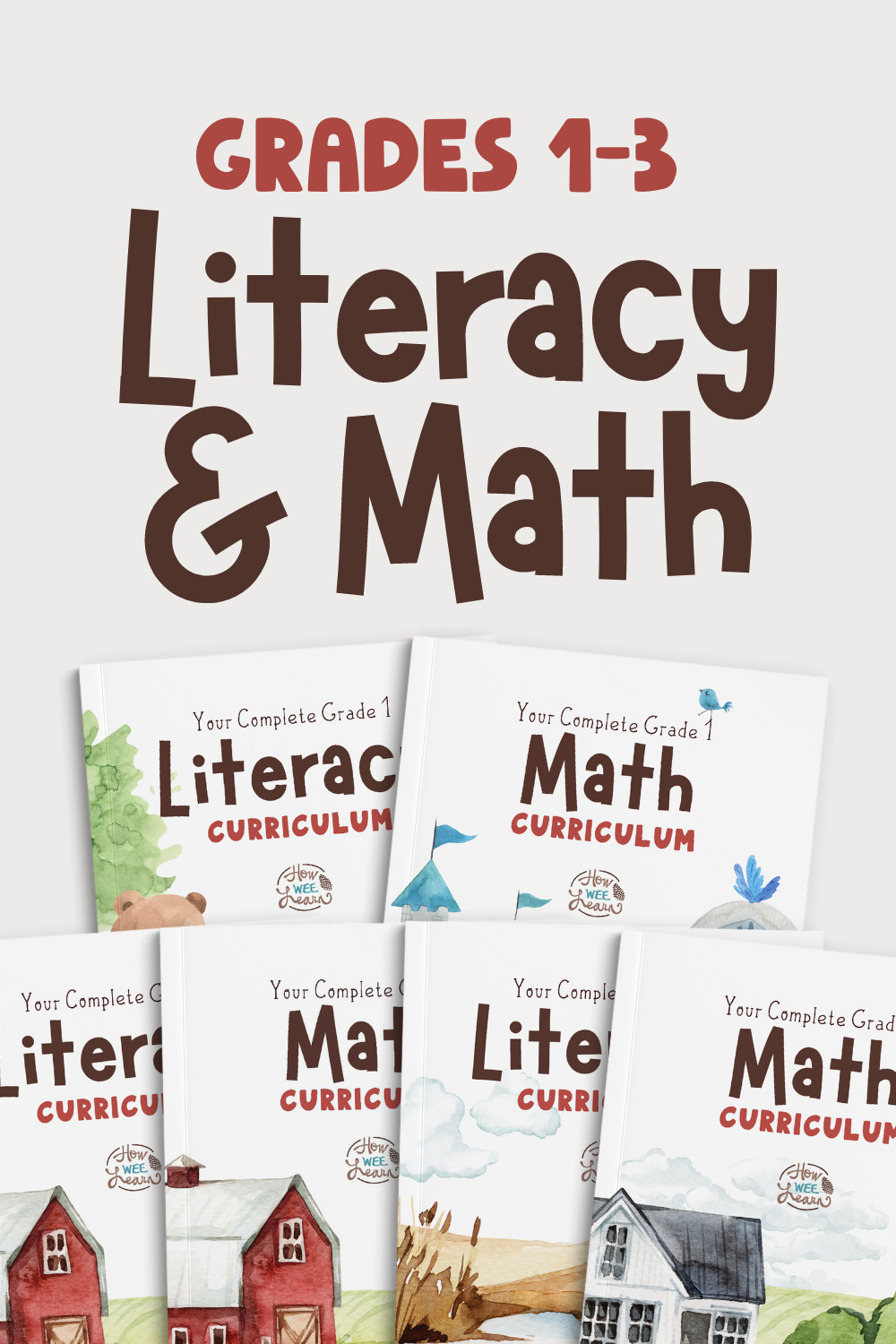

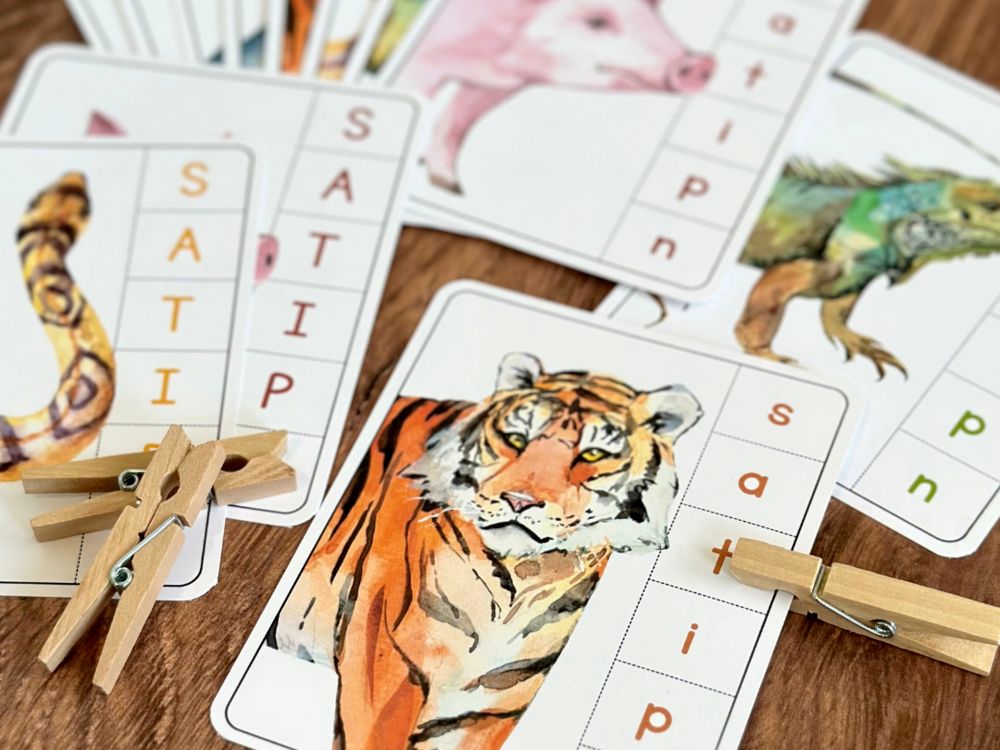
Leave a Reply